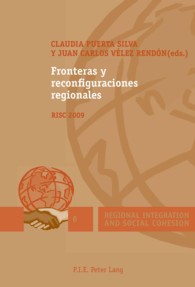Description
(Text)
Diploma Thesis from the year 2006 in the subject Business economics - Supply, Production, Logistics, grade: 1,5, Nürtingen University (Wirtschaftsrecht), language: English, abstract: Inhaltsangabe:Abstract:
The rapidly developing economies in Asia are undergoing unprecedented growth. This explosive development has placed incomparable demands on the existing infrastructure in many countries. Governments struggle with the challenge of providing modern, efficient, and affordable infrastructure services for their people; finding it difficult to finance what are often multimillion dollar projects on their own. Involving the private sector in the financing and operation of infrastructure promises several benefits for both parties.
With a share of over eleven percent in German foreign trade, exports to Asia are in terms of volume now two percent higher than those to the USA. Many German companies have taken on public private partnerships as a form of cooperation and thus play a part in the sustainable development of the Asian economies. To date the most common sub-type of private participation in infrastructure is the BOT (Build-Operate-Transfer) model, where a project company finances and constructs new infrastructure and operates that infrastructure over a long-term period, before it is transferred back to the government. But despite the long history of projects of this type, only a few are very successful and usually mean more costs than income to the companies.
Eurotrain, a joint venture between rail giants Alstom and Siemens, proved in May 1998 it was ready to build Taiwan s US$ 14 billion high-speed rail (BOT) project, with a successful test-run of its integrated train system in Germany. The only problem was that after at least a two-year effort, the Taiwan High Speed Rail Corporation (THSRC) suddenly decided to give the core contracts to the Japanese Shinkansen Consortium. THSRC has yet to explain why Eurotrain was not given a chance to match Shinkansen soffer. De facto ambassadors from Germany, France and even the CEO s of the companies met with THSRC s chairwoman Nita Ing, who failed to provide any explanation whatsoever for this change of plan.
BOT projects are extensive in nature, with the companies therefore always finding themselves in international competition and/or having to forge global partnerships to get the project done. They have to be aware of every single potential local and global risk which could threaten the whole project; not only to ensure that the project is won, but also to successfully complete it.
For huge companies, there is often the difficulty that risks are misjudged, meaning that projects are either cancelled completely or, in case of overestimated risks, the bidding price is much higher than the competitors, which ultimately both lead to a loss of image and references.
On the other hand, there are more than enough examples of risks being severely underestimated, with the project turning out to be absolutely unprofitable and companies often have to face long and cost-intensive legal disputes. This turns especially fatal when construction companies like Siemens are also under the sponsors/investors of the project.
Within most companies, there are clearly differences in the perception of the risks. The goal of this thesis is to provide a better understanding of the most important risks during Build Operate Transfer Projects in Asia.
Inhaltsverzeichnis:








